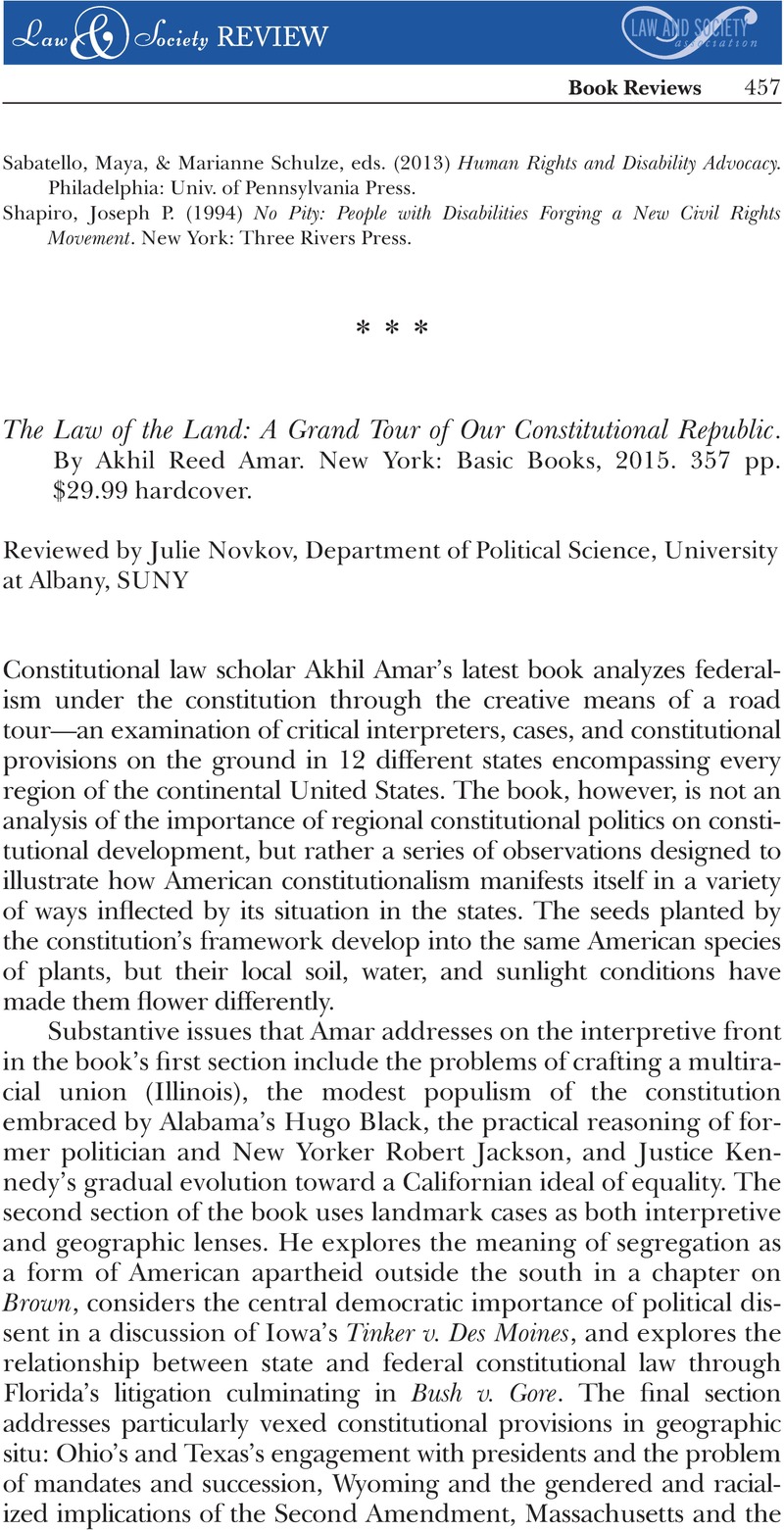Brennan Center (
2016) “
Voting Problems Present in 2016, But Further Study Needed to Determine Impact.” Available at
http://www.brennancenter.org/analysis/voting-problems-present-2016-further-study-needed-determine-impact. Accessed March 28, 2017.
Google Scholar 